The Promenade plantée, also known as the Coulée verte René-Dumont, runs through the 12th arrondissement of Paris. This 4.5 km green corridor is Europe’s longest and only elevated park.
The Promenade Plantée or Coulée Verte René-Dumont
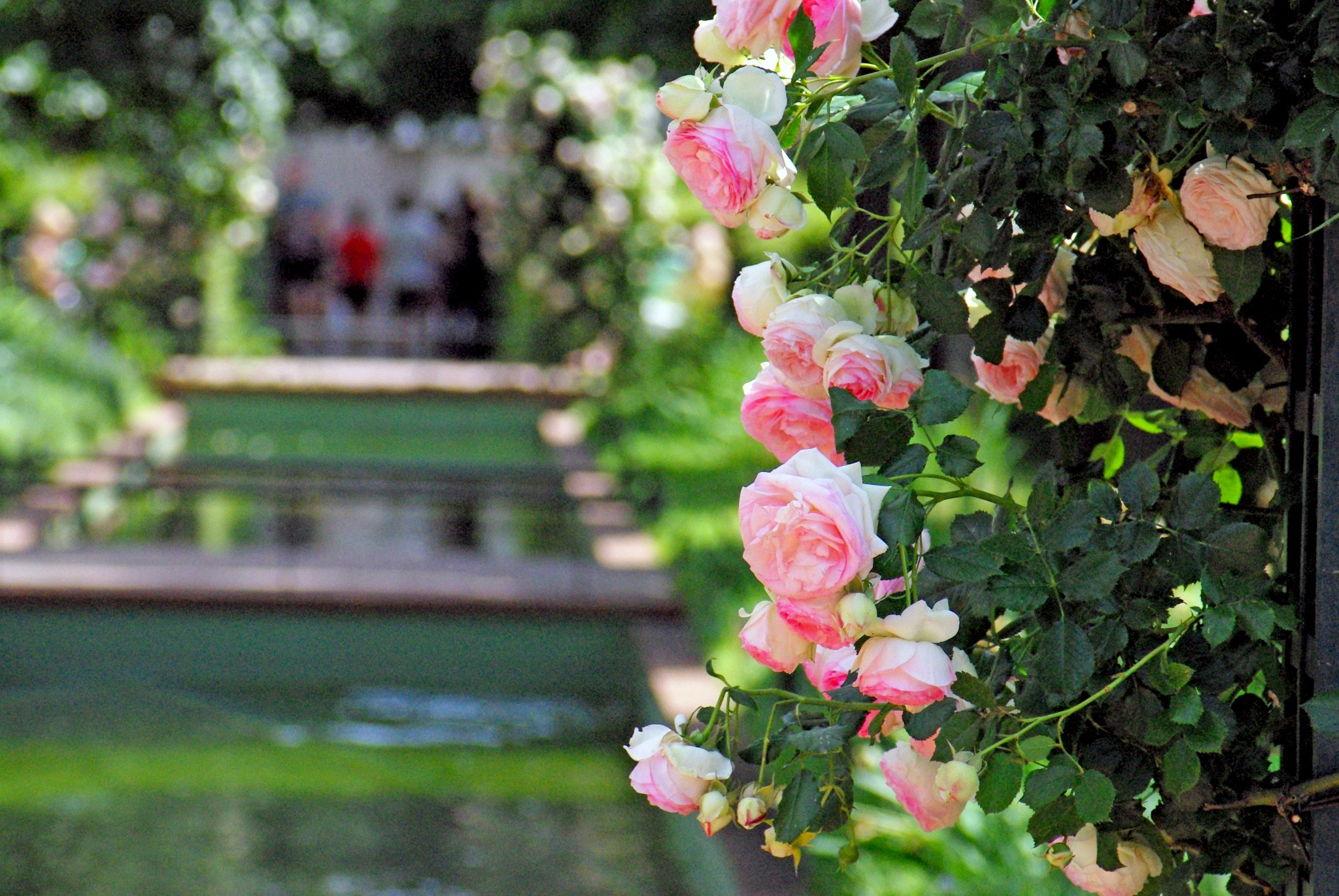
The Coulée Verte René-Dumont was designed on an abandoned 19th-century railway viaduct.
Freight trains used the viaduct to link the former Bastille railway station to the eastern suburbs of Paris.
The parkway now runs through the entire length of the 12th arrondissement, from the Opéra Bastille to the Bois de Vincennes.
“This original promenade which stretches from the Bastille to the Bois de Vincennes will lead you alternatively in the air and underground. Through its unique design, the Promenade in the eastern district of Paris takes place upon viaducts and footbridges, through tunnel to trenches.” (Mairie de Paris)
La Promenade Plantée: birth of a project
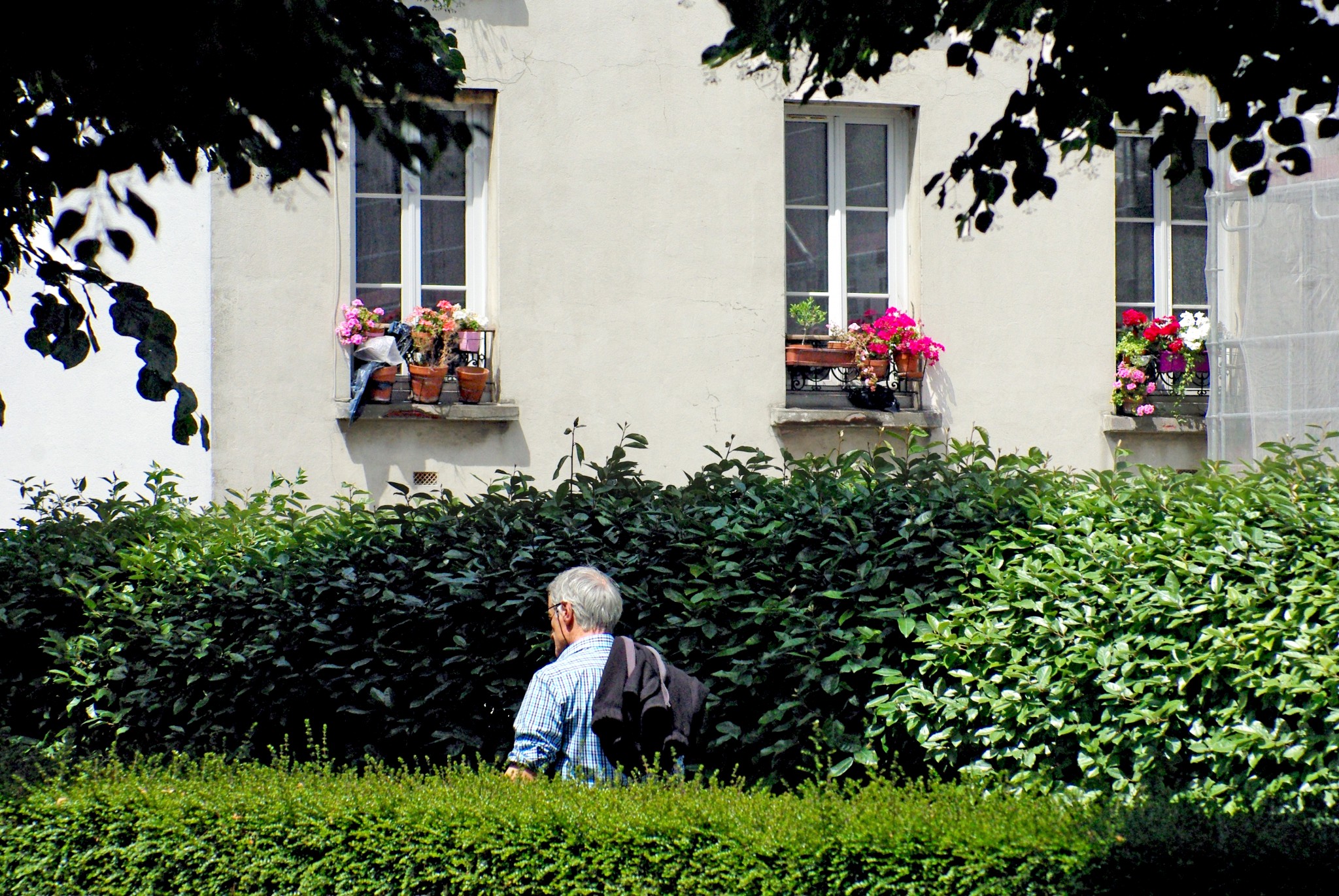
Rail traffic was discontinued from 1969 and the tracks were abandoned for years, devaluing the social and cultural perception of the area.
In the early 1990s, the City of Paris decided to replace the disaffected tracks with a surprising green corridor reserved for pedestrians: the Promenade plantée.
By the 1990s, the 1.5 km viaduct Daumesnil was turning into ruins.
The project of the Promenade plantée definitively saved it from demolition. Since 1998, the restored viaduct has included 45 studios: arts and crafts workshops, galleries, furniture showrooms, a restaurant and a café, hence deserving its new name: Viaduct des Arts.
Easily recognisable with its red brick arches, the viaduct is considered by many as a contemporary landmark of Paris.
Itinerary from Bastille to the Bois de Vincennes
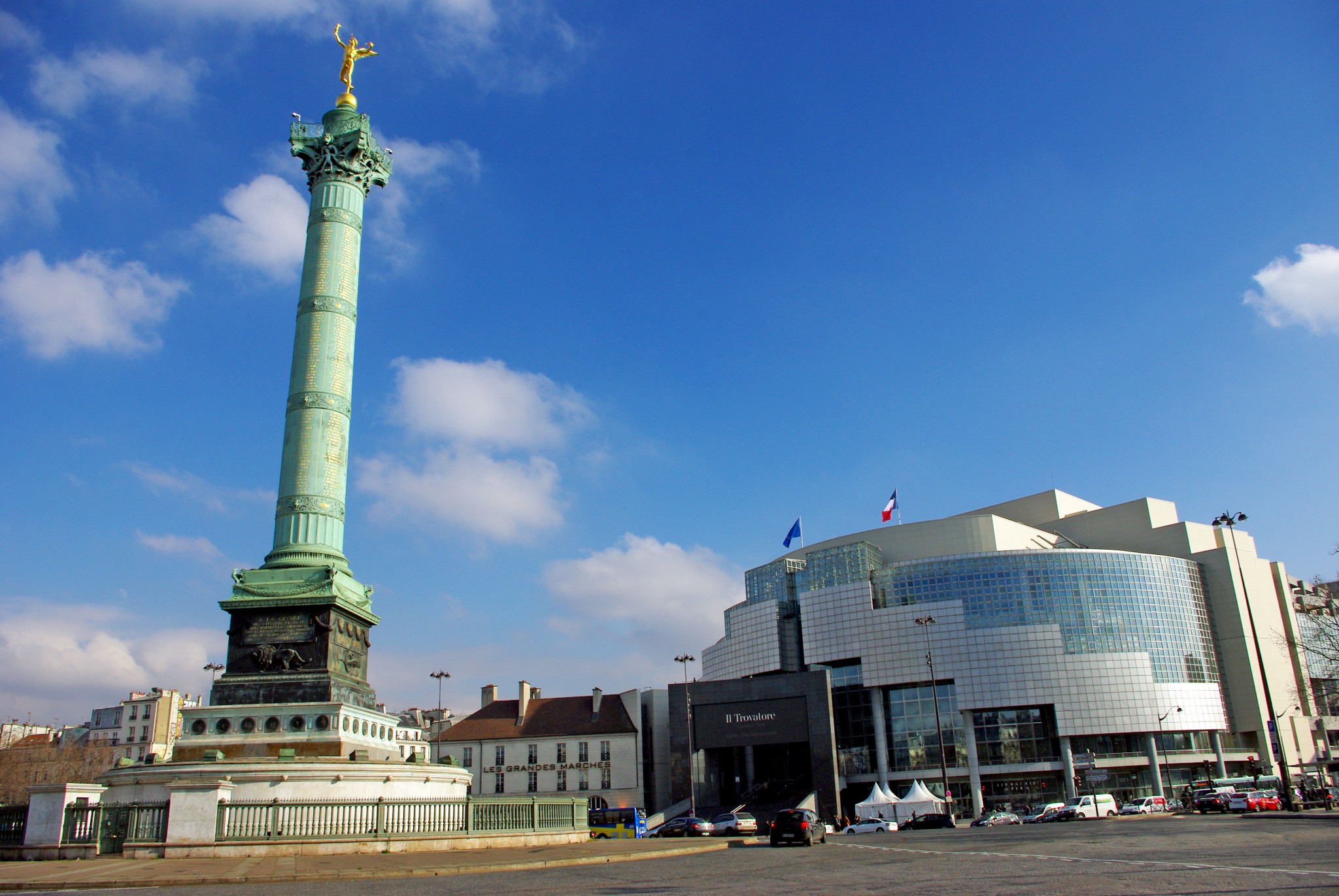
From the Opéra Bastille to the Jardin de Reuilly, the Promenade plantée runs on top of the Viaduct des Arts for 1.5 km.
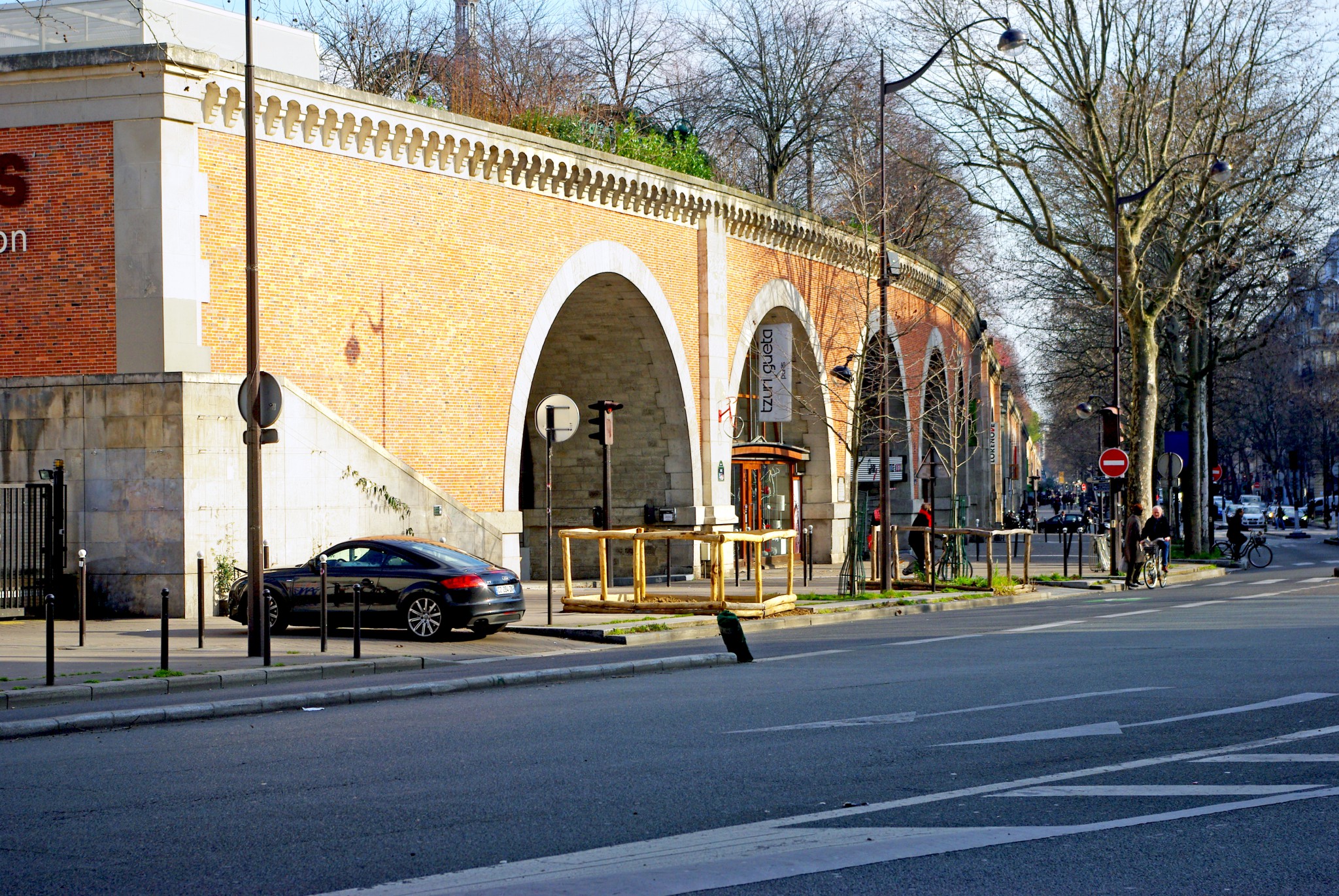
It consists of a narrow pathway bordered with small trees, shrubs and plants: roses, lavender, bamboo, ivy, vines, wisteria.
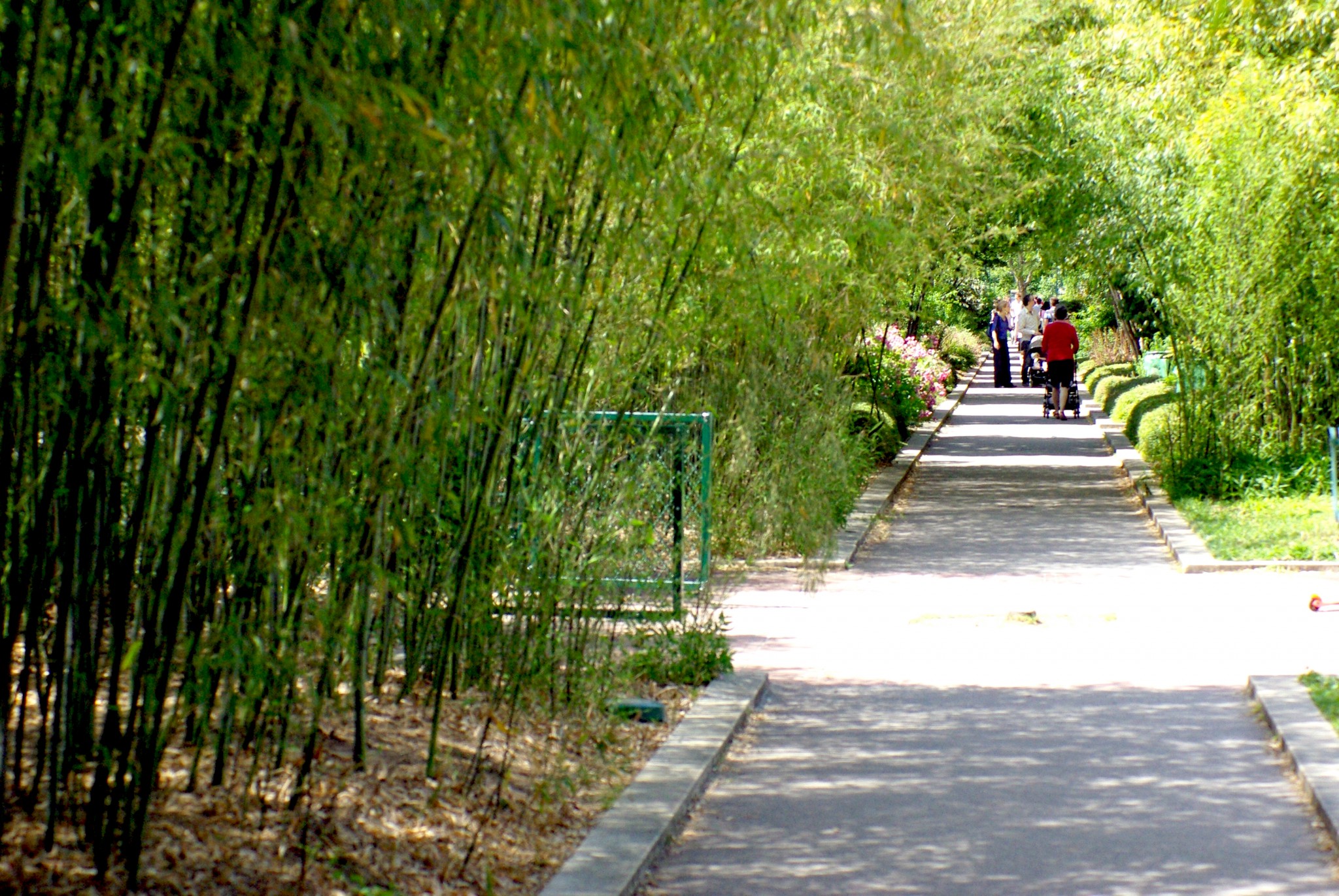
Some unexpected trees can also be found along the walk: cherry, maples, and lime trees.
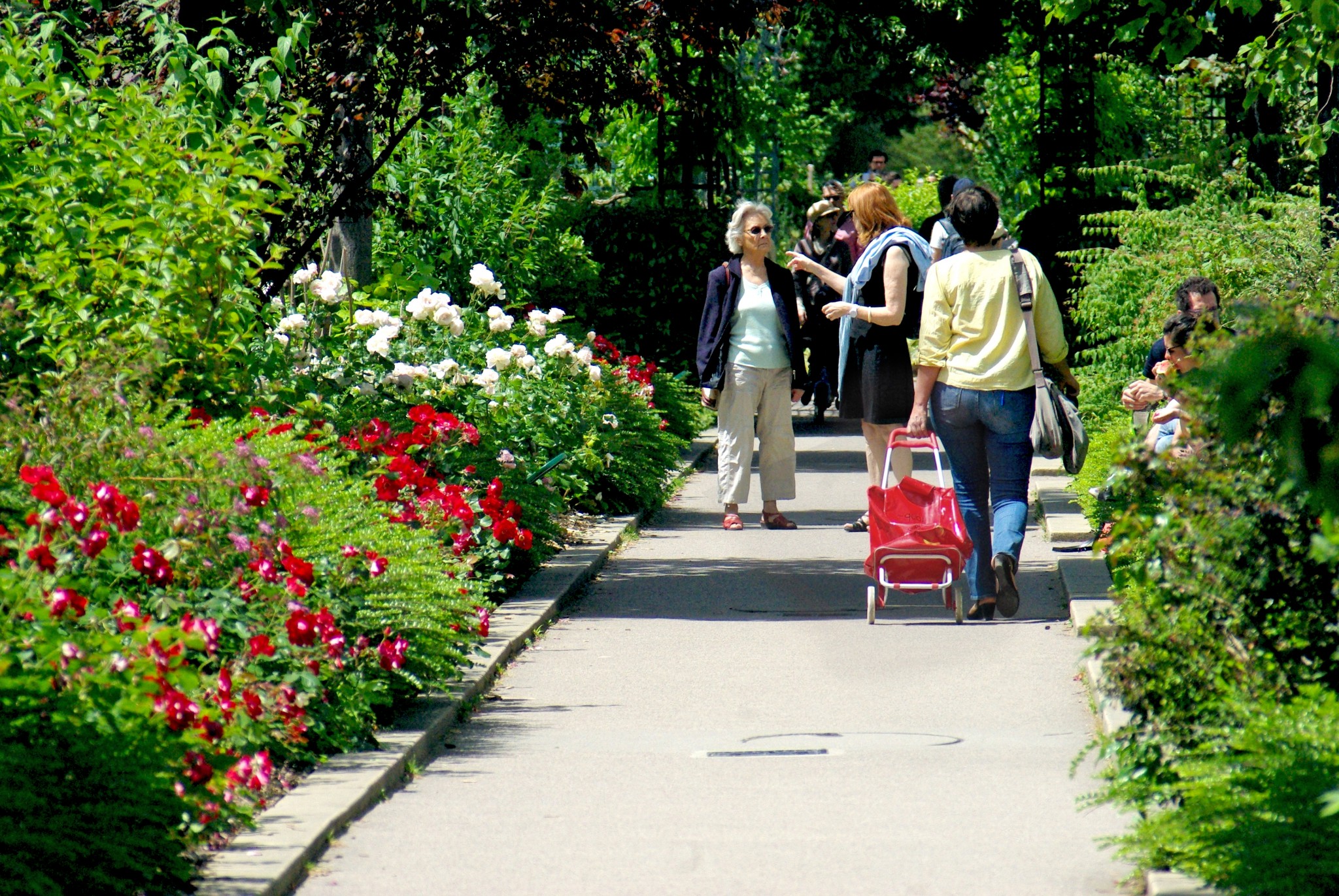
The elevated promenade sometimes widens when the viaduct crosses a street, and stairs leading to street level can be found here and there along the walk.
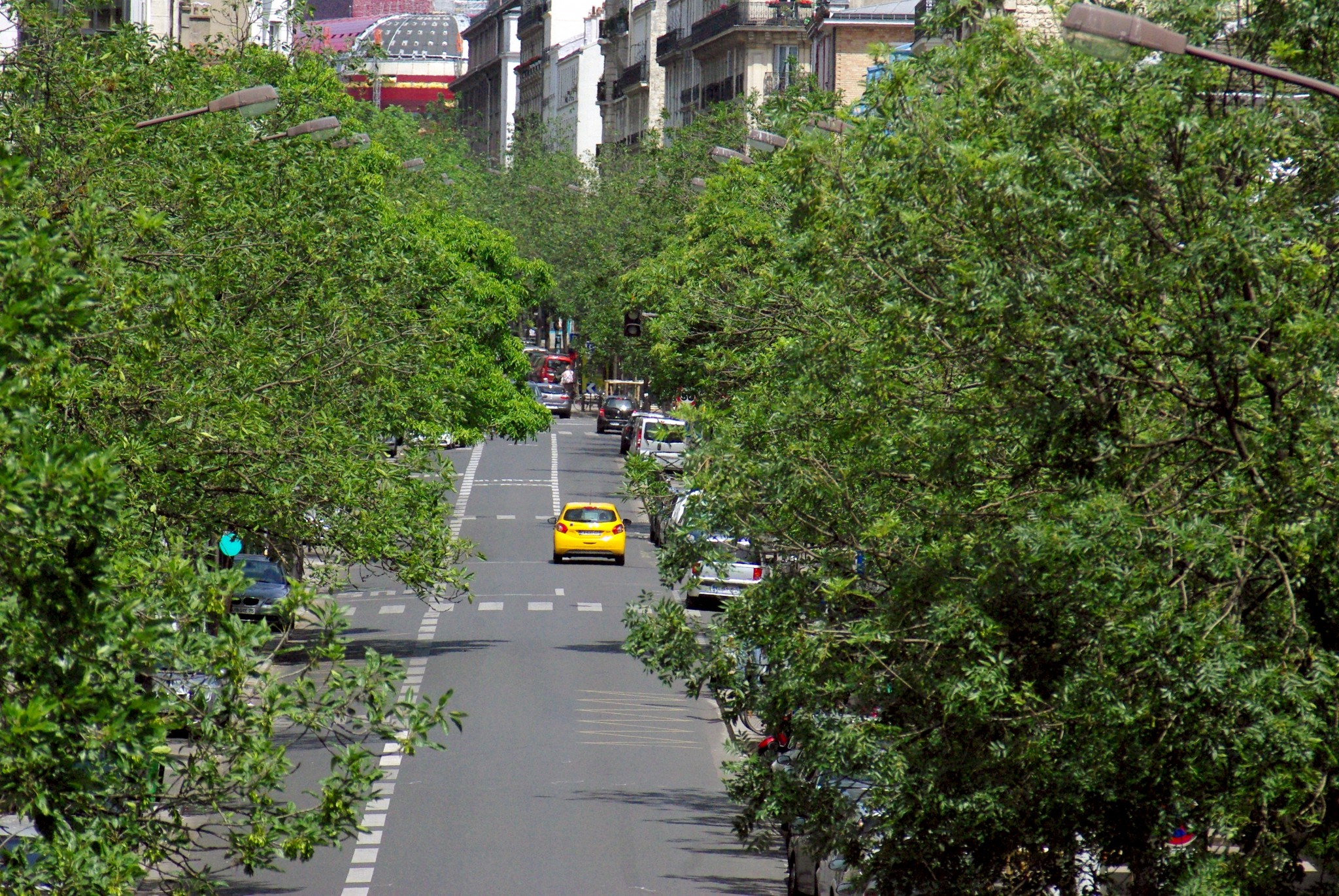
Although the pathway runs on the top of the viaduct, the view will rarely embrace typical Parisian landmarks such as the Eiffel Tower or Montmartre.
But it gives visitors many opportunities to view Parisian habitats from another angle.
At times, the Promenade will seem to float amidst old and new buildings, Haussmannian avenues and dense residential streets.
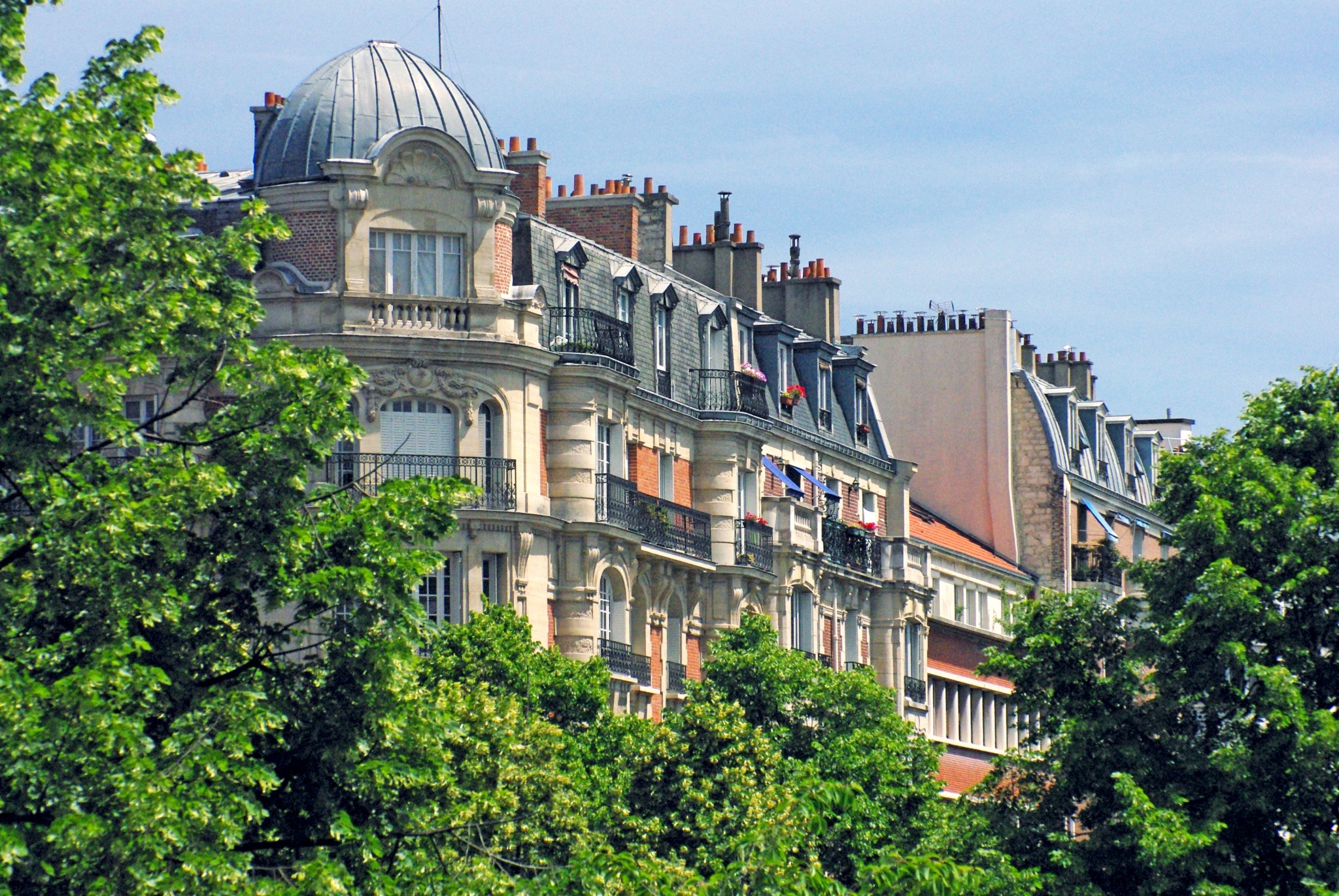
The belfry of the Gare de Lyon is one of the few Parisian landmarks that can be seen from the Viaduct des Arts.
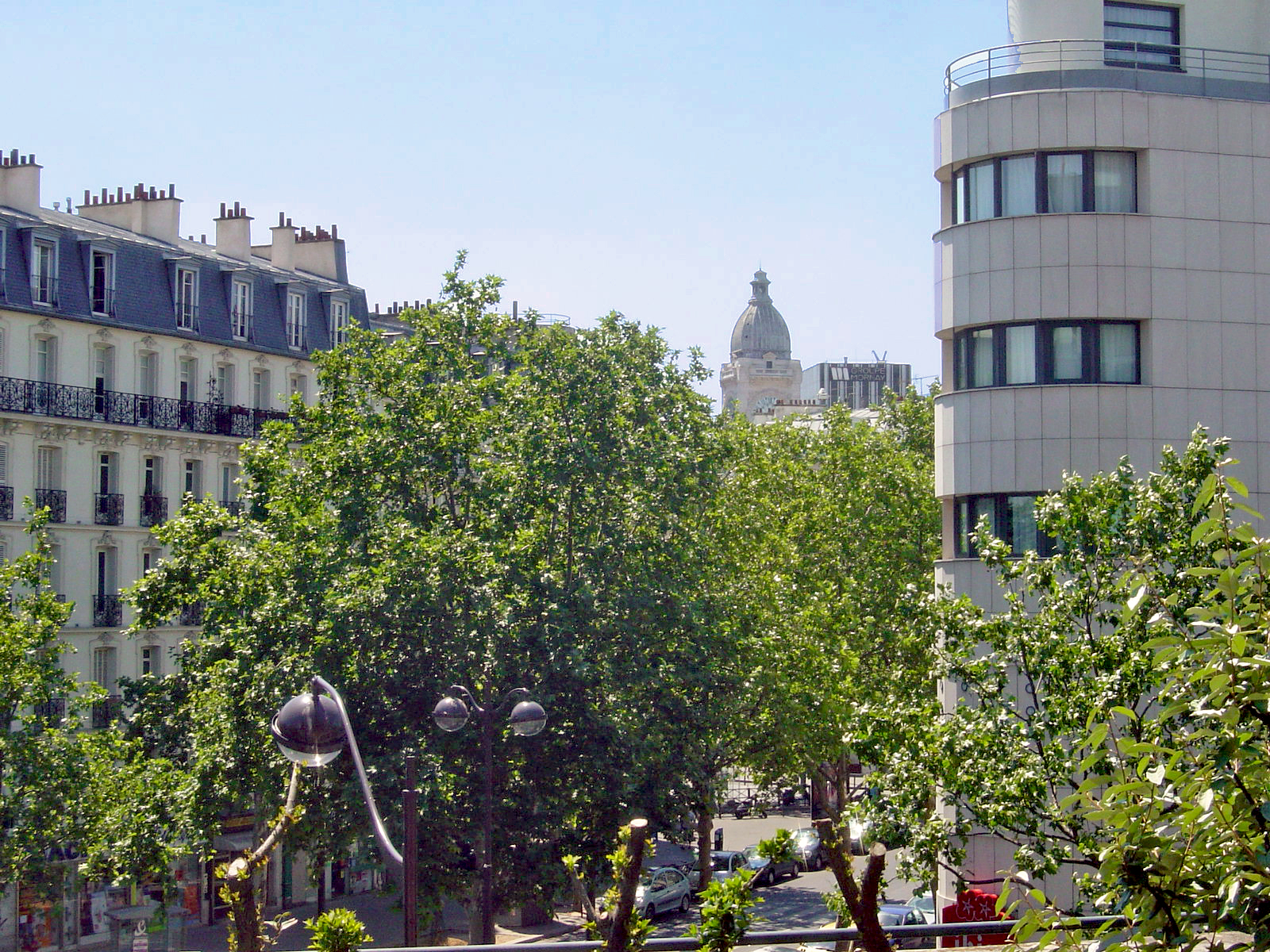
The Gare de Lyon is one of the major 6 Parisian railway stations. It connects the capital to Burgundy, Lyon, and the Mediterranean regions of Provence and Languedoc. It is also an international station with trains to Rome and Milan.
Unexpected architecture
The Promenade plantée is probably the best spot to view the surprising top of the 12th arrondissement’s Police station.
All the balconies of the two last levels of the building are separated by a copy of Michael Angelo’s “The Dying Slave”.
The 12 reproductions might symbolise the number of the arrondissement (the 12th). The original copy of the statue can be seen in the Louvre museum.

Do not be misled: the imposing building with its statues is not at all old for it was constructed in the 1990s!
Between the Viaduct and the Reuilly Garden
Audacious architecture from the 1980s links the Viaduc des Arts to the Jardin de Reuilly.
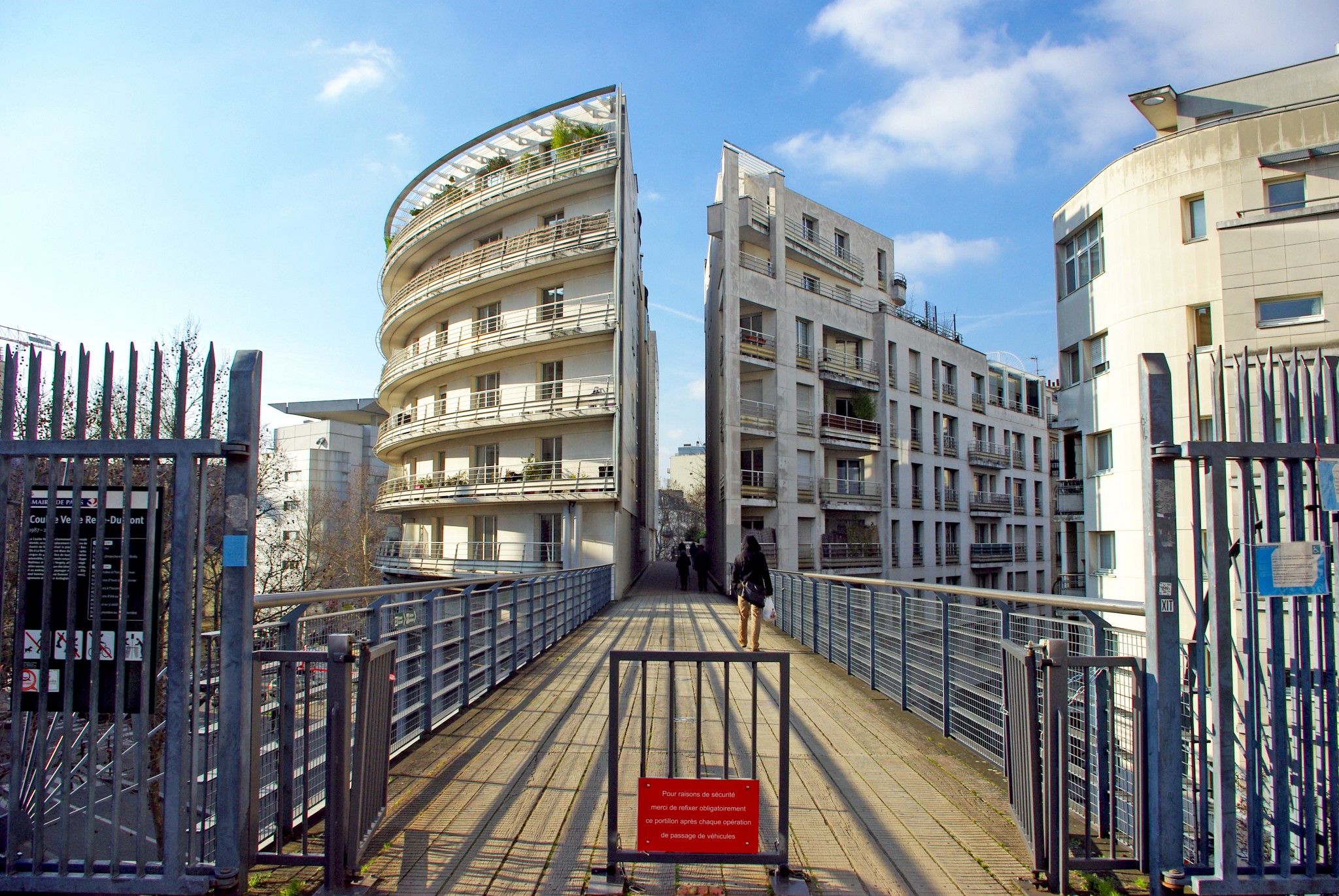
The Jardin de Reuilly
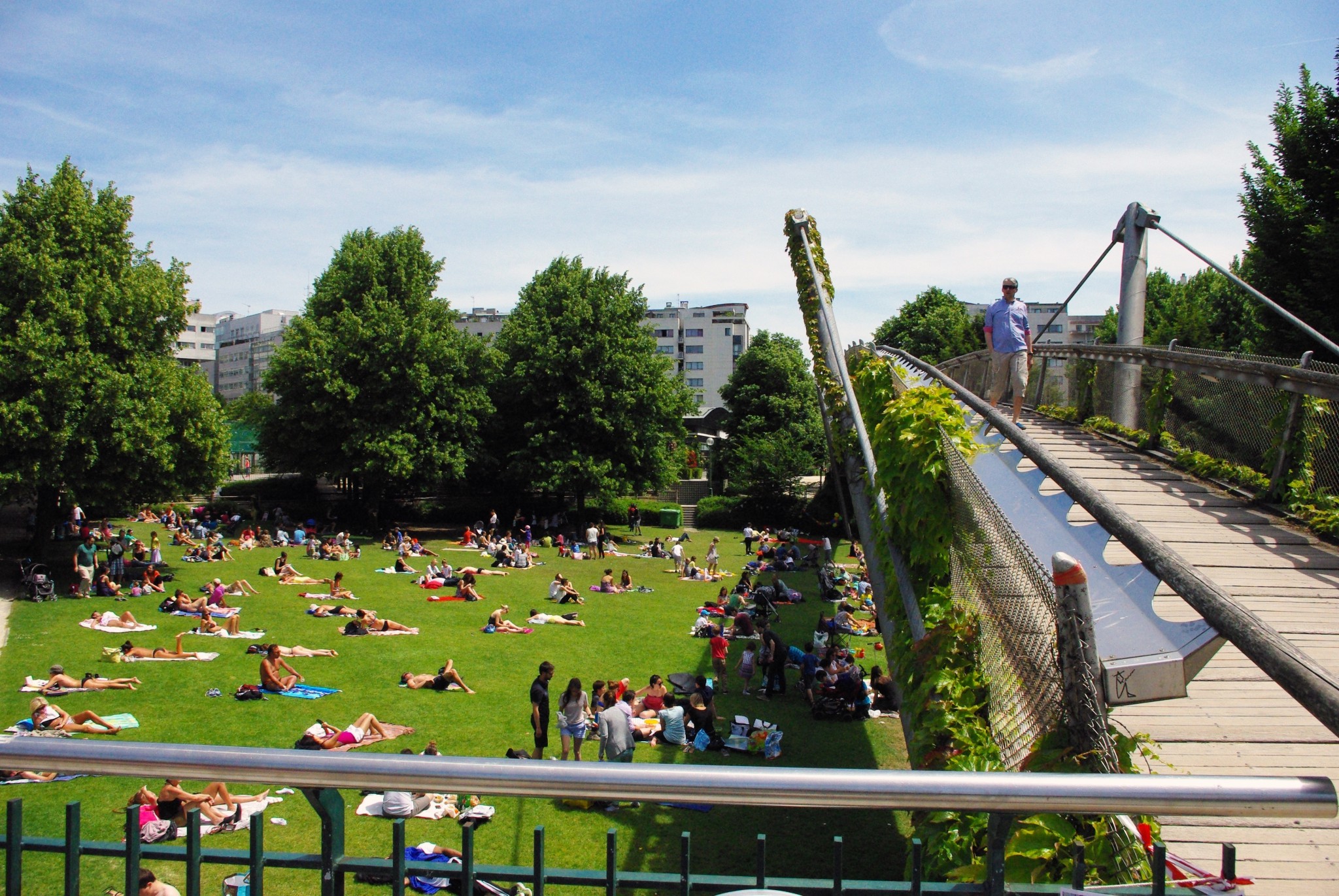
An impressive arched footbridge made of metal and wood spans over the round-shaped Jardin de Reuilly.
The garden dates back to 1992 and occupies the site of an old freight station.
A long time ago, an ancient castle for the Merovingian Kings used to stand there beforehand.
Based on the number of people staying in the garden during the summer, it has become a favourite outdoor site for the 12th arrondissement’s inhabitants. There is an open-air café, a children’s playground and a rose garden.
Beyond the Viaduct des Arts
From the Jardin de Reuilly, you can opt to continue the stroll towards the Bois de Vincennes.
The first stage is ‘Allée Vivaldi’, a long lawn bordered by residential buildings.
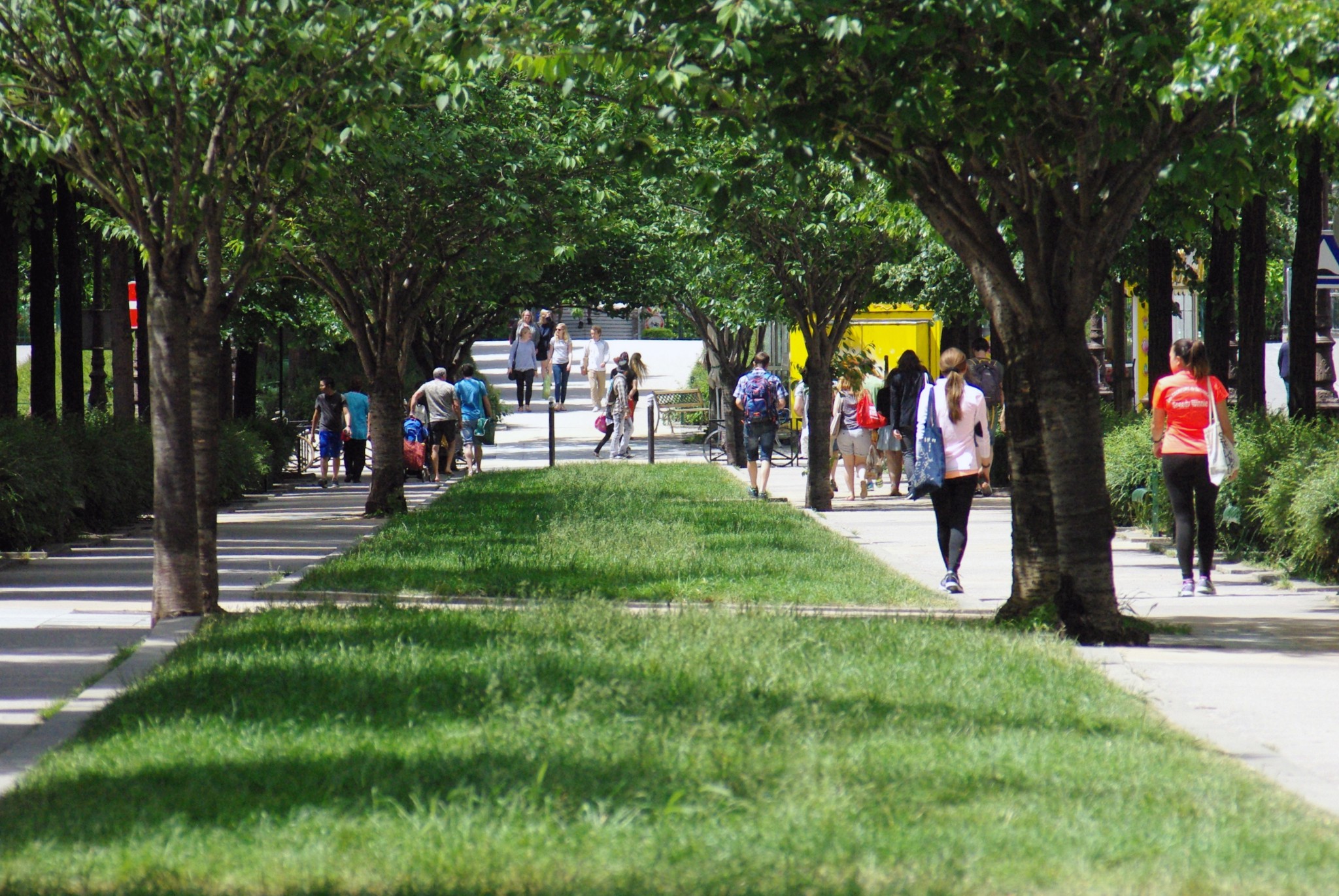

Then the path follows a sort of a mini-canyon.
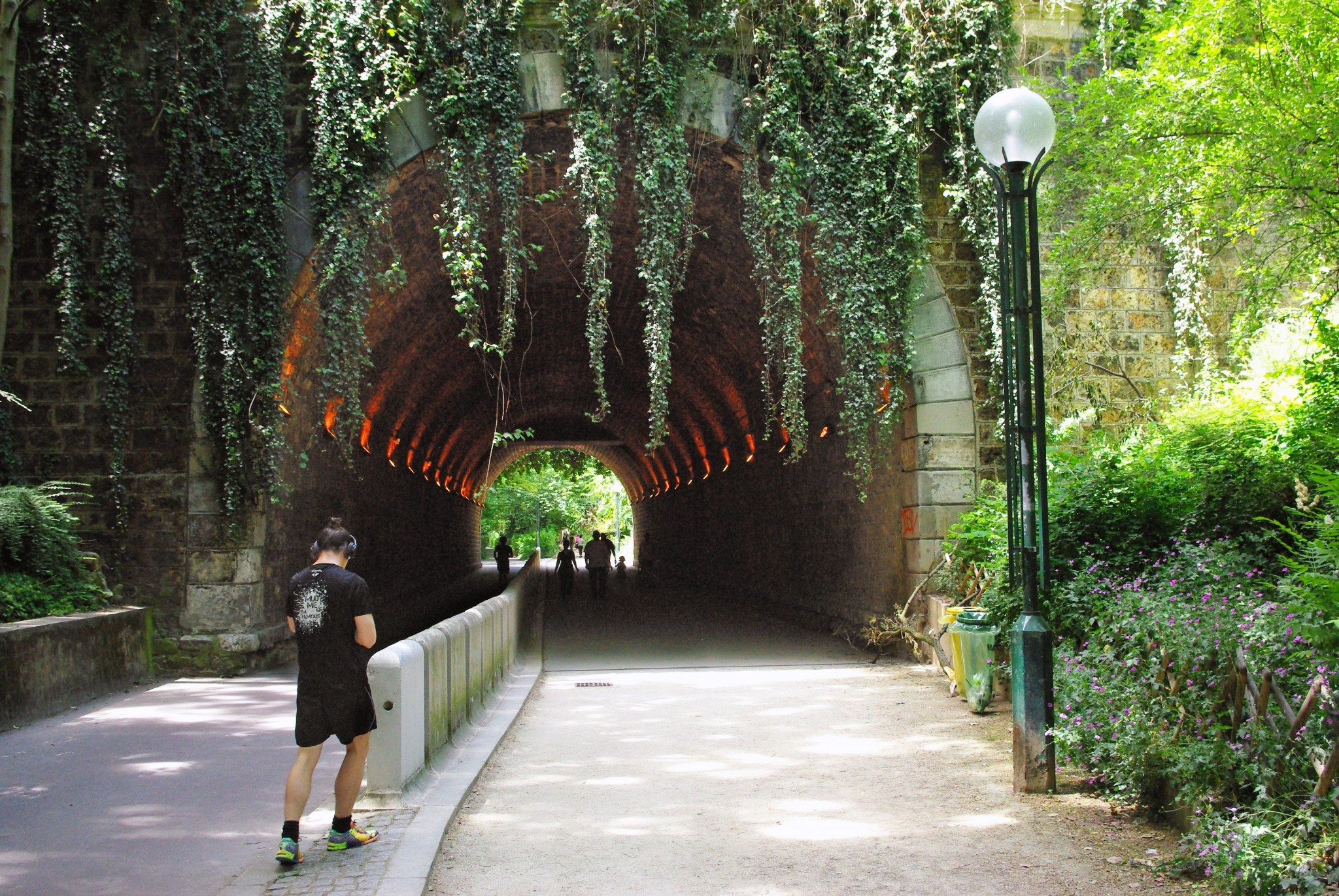
Still following the former railway tracks, the Promenade enters a kind of tunnel with five kitsch waterfalls.
From the end of the underpass, the atmosphere of the Promenade radically changes as the path is bordered by outward steep slops covered with foliage… however, some observation towers along the way provide occasional views over residential areas bringing us back to reality: we are still in Paris!
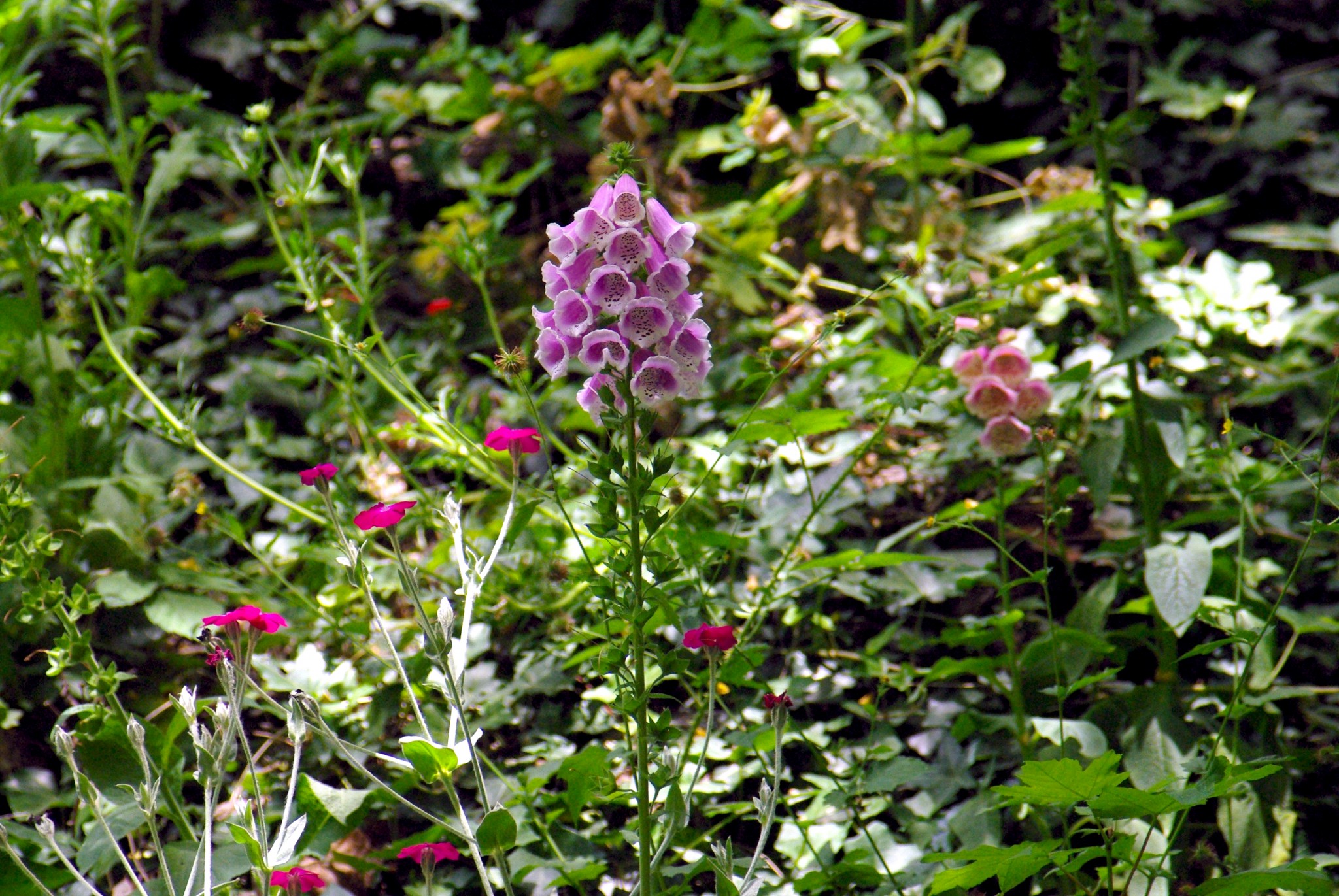
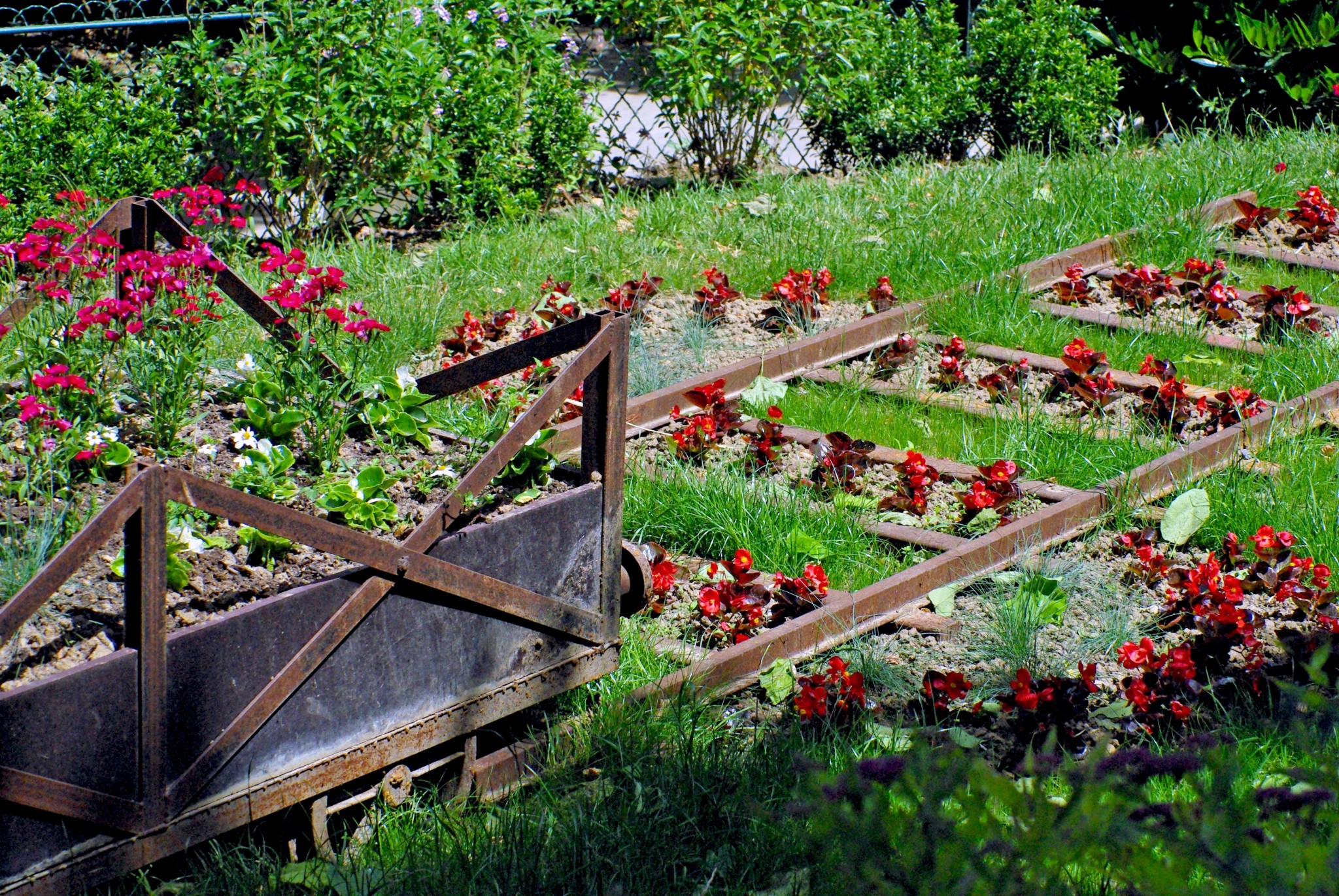
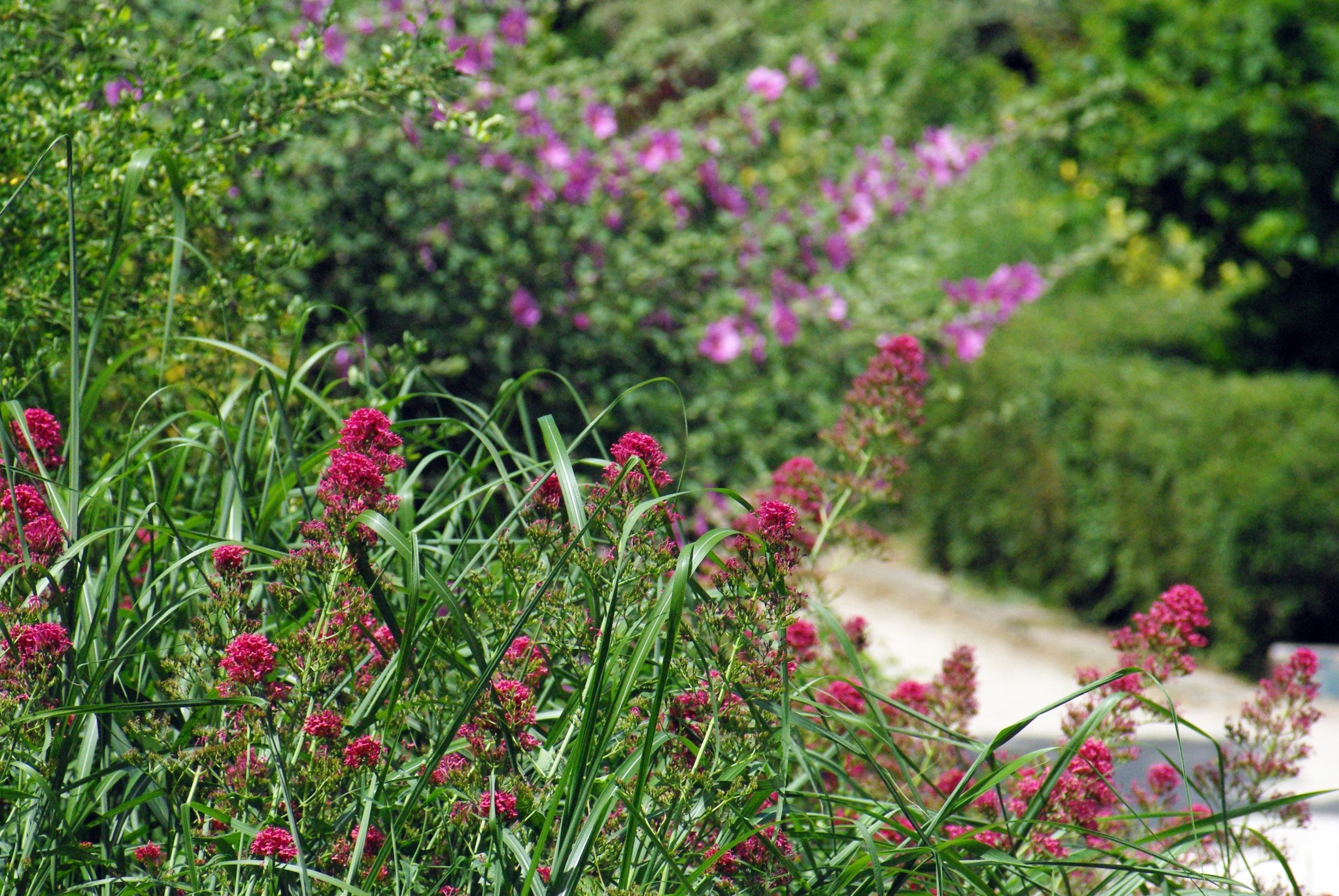
You can exit the Promenade at many times and reach the spacious Place Félix Eboué (métro station Daumesnil). From where you can easily reach other parts of Paris.
How to get to the Promenade Plantée
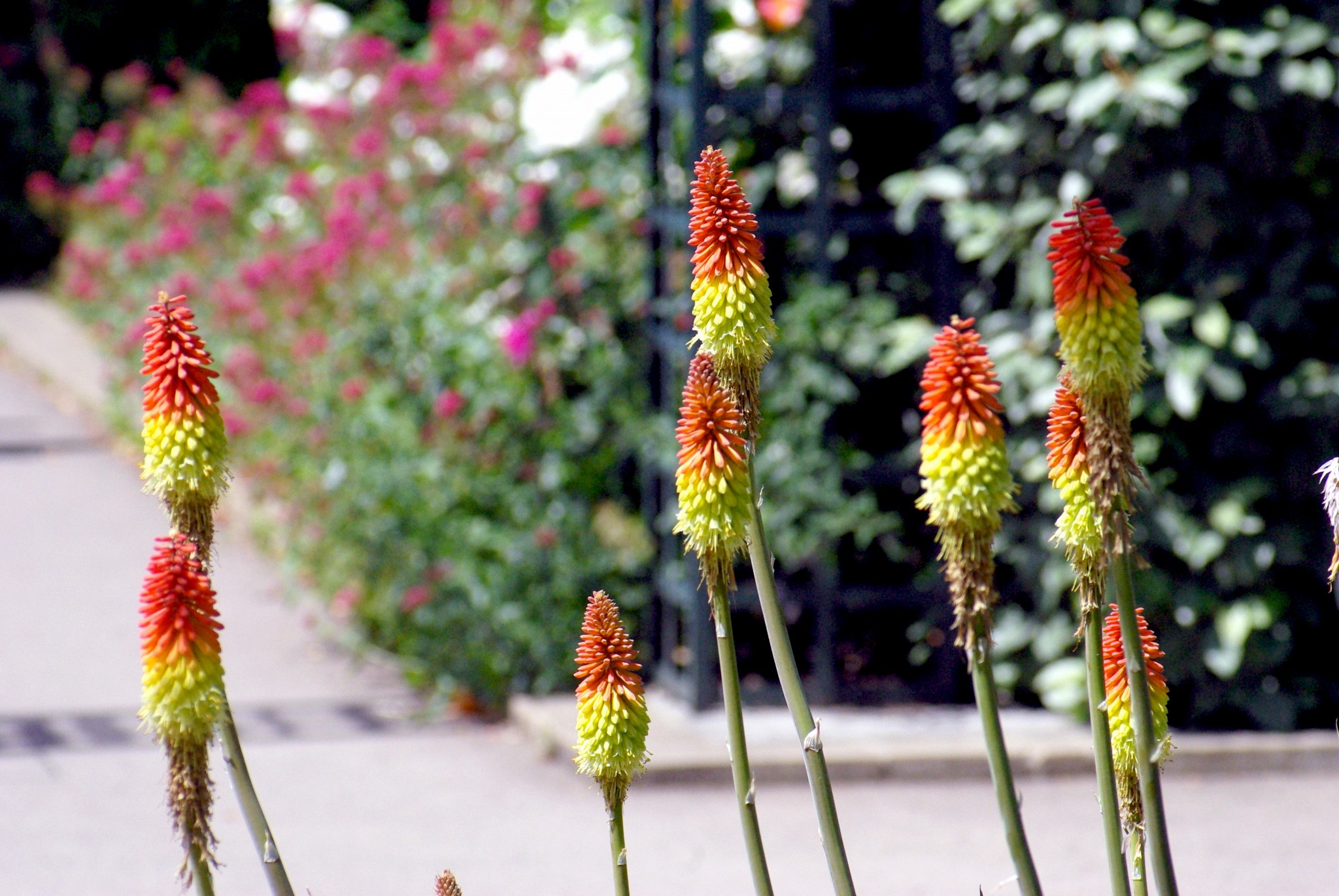
► If you decide to start from Place Félix Eboué:
nearest métro station: Daumesnil, lines 6 and 8.
► If you decide to start from Place de la Bastille:
nearest métro station: Bastille, lines 1, 5 and 8.
► You can also start/finish the stroll at Jardin de Reuilly:
nearest métro station: Dugommier, line 6 and Montgallet, line 8.
Find out more!
- Find out more about Place de la Bastille.
- More info about the 12th arrondissement of Paris.
- The Wikipedia page on the Promenade Plantée.




We are about to get a promenade like this (I hope) in Camden, London! It should be opening in 2024. It will be called the Camden Highline and is designed by the same architects of something similar recently constructed in Manhattan. But of course the French got there first – wonderful to see the original!!
Thank you Jo, very interesting to hear about the Camden initiative!